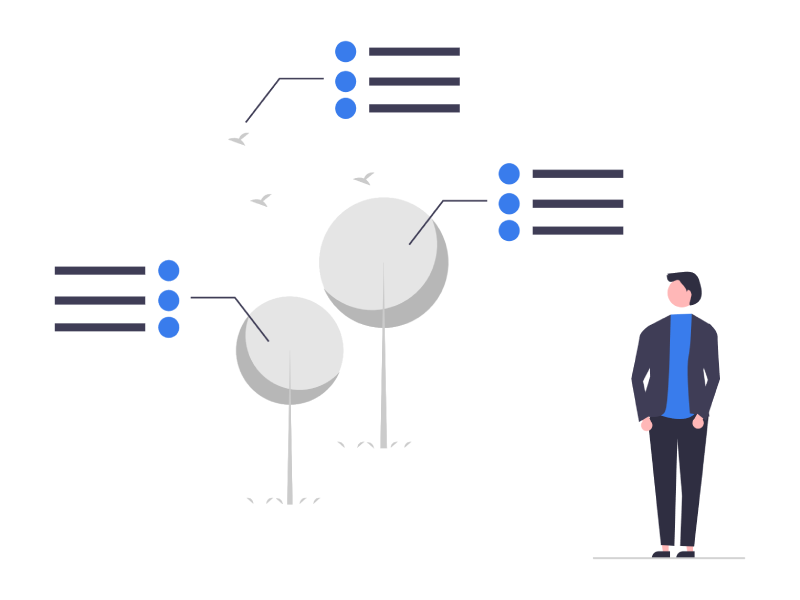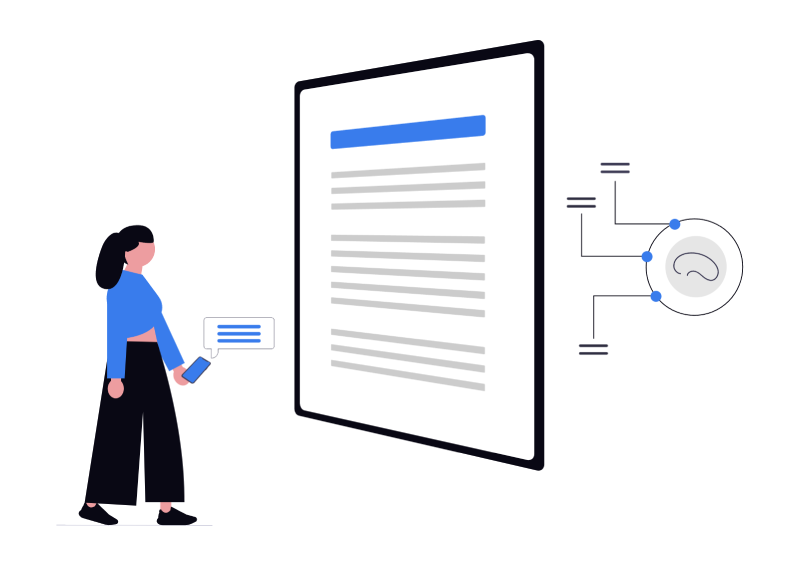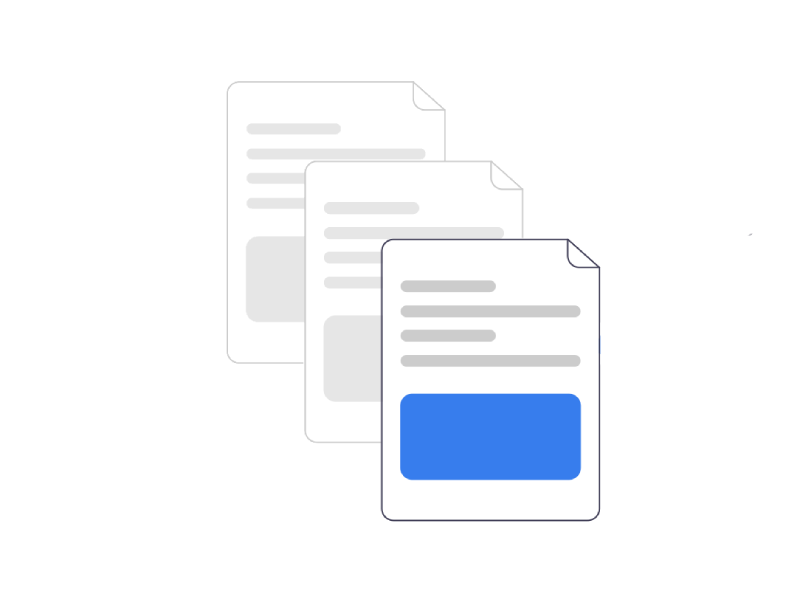Search has changed. In 2025, we’re no longer just optimizing for the SERP — we’re optimizing for the answer box. AI-generated responses now dominate the top of results, often removing the need to click at all. For SEOs, this means adapting not only to rank, but to be included in the response. That’s where GEO — Generative Engine Optimization — enters the picture.
Search Behavior Is Evolving — Fast
AI Overviews, ChatGPT with browsing, Perplexity, You.com, and Gemini have introduced a new kind of user behavior:
- Users don’t need to click to get the answer.
- Most queries are now long-form, intent-rich prompts.
- Generative platforms prefer clarity over cleverness, consistency over complexity.
A report from LaFleur Marketing noted a 900% projected growth in AI-assisted search by 2027. Meanwhile, AP News cited a 25–30% CTR drop for organic listings affected by AI summaries.
In other words, your content could be ranking — and still losing traffic.
SEO vs. GEO: What’s the Difference?
SEO is designed to get you ranked in Google or Bing.
GEO is designed to get you mentioned in AI-generated answers.
Both optimize content. But the outputs, techniques, and metrics differ:
| Factor | SEO | GEO |
| Target | Search engine result pages (SERP) | AI-generated answer surfaces |
| Success Metric | Organic traffic, keyword ranking | Visibility in responses, Answer Equity |
| Optimization Style | Keyword-focused, technical | Contextual clarity, semantically structured content |
| Tools | Search Console, Semrush, Ahrefs | Perplexity, Glasp, You.com, ChatGPT Web |
| Format | Optimized headers, meta tags | TL;DRs, clear question/answer formatting |
| Trust Signals | Backlinks, domain authority, Core Web Vitals | Frequency of positive mentions across the web |
Case Studies: Winners and Losers in the AI Transition
The Mailchimp Example
According to a WSJ feature, Mailchimp saw significant organic traffic drops after AI answer boxes began replacing their ranked links. Despite holding top positions, users no longer needed to click.
How they responded:
- Added concise summaries at the top of documentation pages.
- Updated Schema.org tags for products and guides.
- Focused on branded clarity — e.g. “What is Mailchimp used for?”
Result: 24% increase in inclusion across Gemini and AI Overviews within 60 days.
Back Market’s Turnaround
Back Market — a refurbished electronics site — lost 18% of product traffic but regained it by reengineering their product descriptions:
- Used plain-language headings: “How long does this battery last?”
- Added FAQ-rich TL;DRs.
- Added sources and references for AI parsing.
They didn’t change SEO — they translated it for machines.
B2B SaaS: Reddit & Wikipedia Inclusion
A lesser-known SaaS brand began appearing in ChatGPT and Perplexity not because of rankings — but because they were mentioned across high-trust surfaces:
- They created and contributed to Wikipedia pages.
- Answered over 50 Reddit and Quora threads.
- Used consistent naming, descriptions, and formatting.
AI doesn’t just scrape the SERP — it trains on the open web. If you’re not present, you’re invisible.
Metric Shift: From Traffic to Inclusion
Traditional SEO focuses on metrics like impressions, traffic, and keyword ranking. But in AI-generated environments, we need a new KPI:
Answer Equity
Answer Equity = the proportion of times your brand is referenced in AI-generated responses within your category.
It’s not just about presence — it’s about share of voice inside generative engines. And right now, most SEOs aren’t tracking it at all.
What You Should Be Doing Right Now
1. Restructure Content for AI Parsing
- Start pages with 1–3 sentence summaries written like answers.
- Use short paragraphs, bullet points, schema (especially FAQPage and HowTo).
2. Use Prompt-Aware Formatting
- Most AI tools respond to queries like:
- “What’s the best SEO strategy in 2025?”
- “How do I get backlinks without outreach?”
- “What’s the best SEO strategy in 2025?”
- Reframe your subheadings to match that tone:
- H2: “How to Optimize for AI Search”
- H3: “Step 1: Use Structured Data”
- H2: “How to Optimize for AI Search”
3. Invest in Mention-First Distribution
- Instead of building links for DR, build mentions on sites that LLMs crawl:
You’re no longer optimizing for GoogleBot.
You’re feeding the model.
4. Track Your Inclusion
Use tools like:
- Perplexity: search your brand and competitors
- Glasp: browser extension for citation tracking
- ChatGPT Web + browsing: test real prompts
If you don’t show up, optimize until you do.
4-Week Hybrid Optimization Plan
| Week | Goal | Actions |
| 1 | Content Restructuring | Add TL;DR blocks, summary intros, semantic HTML |
| 2 | Build Generative Surface | Launch Quora answers, Reddit threads, Wikipedia edits |
| 3 | Prompt-Aware Optimization | Rewrite H1s and intro paragraphs as direct, conversational queries |
| 4 | Measure & Adjust | Run prompts in ChatGPT, Gemini, Perplexity and record inclusion rate |
Common GEO Mistakes to Avoid
- Assuming rankings = visibility
Many SEOs still believe if they’re #1, they’re safe. Not anymore. - Using abstract intros
Cut the fluff. If AI can’t extract your message in 2 sentences, you’re out. - Ignoring answer-style formatting
If your content doesn’t look like a direct answer, it won’t be treated like one. - Failing to track AI performance
If you’re not measuring inclusion or running prompt audits, you’re blind to the shift.
Tooling Stack for SEO + GEO
| Category | SEO Tool | GEO Equivalent |
| SERP Tracking | Semrush, Ahrefs | Perplexity, Glasp, ChatGPT Browsing |
| Content Testing | Surfer, Frase | AlsoAsked, You.com, PromptLoop |
| Link Analysis | Majestic, Linkody | Manual Reddit/Quora/Wikipedia audits |
| Technical | Screaming Frog, Sitebulb | Structured data validators, GSC rich results |
Google’s Position (And What It Doesn’t Say)
Google has said little officially, except that AI Overviews improve UX. But:
- There’s no opt-out
- Most citations are collapsed
- CTRs are down, even on page-one content
In May 2025, Google quietly updated Search Central with a section on “answer-quality formatting” — recommending clarity, attribution, and semantic structure.
In other words: they’ve just described GEO.
FAQs About GEO
Q: Does this mean backlinks no longer matter?
A: No. They still fuel crawl, indexation, and trust — but they don’t guarantee inclusion.
Q: Can I optimize for both SEO and GEO?
A: You must. Think of GEO as the layer above SEO — not a replacement, but an evolution.
Q: How do I explain this shift to clients?
A: Focus on visibility vs. traffic. You’re helping them win in a world where the click isn’t the only outcome.
Final Checklist
- Add TL;DR summaries to all blog and service pages
- Audit your top 20 pages for AI readability
- Rewrite key headings using prompt-style phrasing
- Start tracking Answer Equity across generative engines
- Build mentions, not just backlinks
Final Thought
The SEOs who win in 2025 aren’t just ranking; they rely on fully managed SEO to execute both layers.
They’re shaping answers.
They’re training the model to include their brand by default.
SEO gets you found.
GEO gets you quoted.







